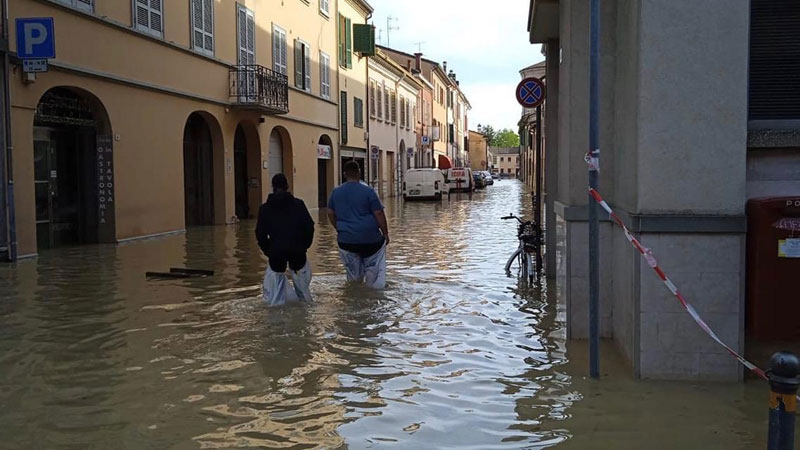Floodproofing a property or other structure requires a lot more than simply waterproofing. It’s a bit like comparing a water-resistant watch with a waterproof divers watch. Both will perform as described, but a water-resistant watch will eventually suffer water ingress if submerged for any length of time.
Now more than ever, and with environmental and weather pattern changes becoming more extreme and unpredictable, and with many properties and other structures being built in potential higher flood risk areas, it makes sense to look at protection against flooding and the overall waterproofing of a property or structure.
Structural waterproofing alone will not prevent flooding to a property structure
Think of structural waterproofing as a good rain coat, it’ll keep rainwater out but if you jump into a swimming pool, you’ll get wet! When a structure is suitably waterproofed, it’s about managing and keeping relatively low levels of water ingress out. Obviously with modern techniques, anything below ground (examples such as a basement that could be habitable space, car park or plant room) will be appropriately sealed at the construction phases, or if an existing below ground area, suitable ways of sealing and collecting any water that enters may be employed.
But flood risk is a very different proposition. If you are building anything that is liable to, or has an increased risk of flooding – due to its location – from say a storm surge, river overflowing or surface water run off, then the flood prevention and structural waterproofing need to be considered together.
Currently there is no construction methodology or building regulation that says the areas of structural waterproofing and flood prevention should be considered together.
But of course, any structure that is liable to an increased risk of serious flooding such as we often see where a ground floor of a property is completely submerged needs a suitable approach where the flood prevention is the first part of the defence and the structural waterproofing the second.
If you have a project where you are building or upgrading a property or structure and are working with engineers and architects to devise a design to keep flood water at bay or to prevent its entry, then the next consideration is the structural waterproofing. Its likely this will need to be robust as accounting for groundwater conditions can mean even the best laid flood defence plans can still be compromised.
In simple terms; a design strategy should allow for the fact that something may fail. To that end one designs with that in mind. Where something can fail down to incorrect installation or system failure, consideration should be given to what will be required to reduce risk of water entry. And that applies whwether we’re talking about flood risk or structural waterproofing.

